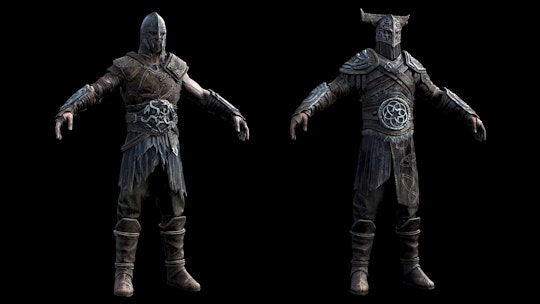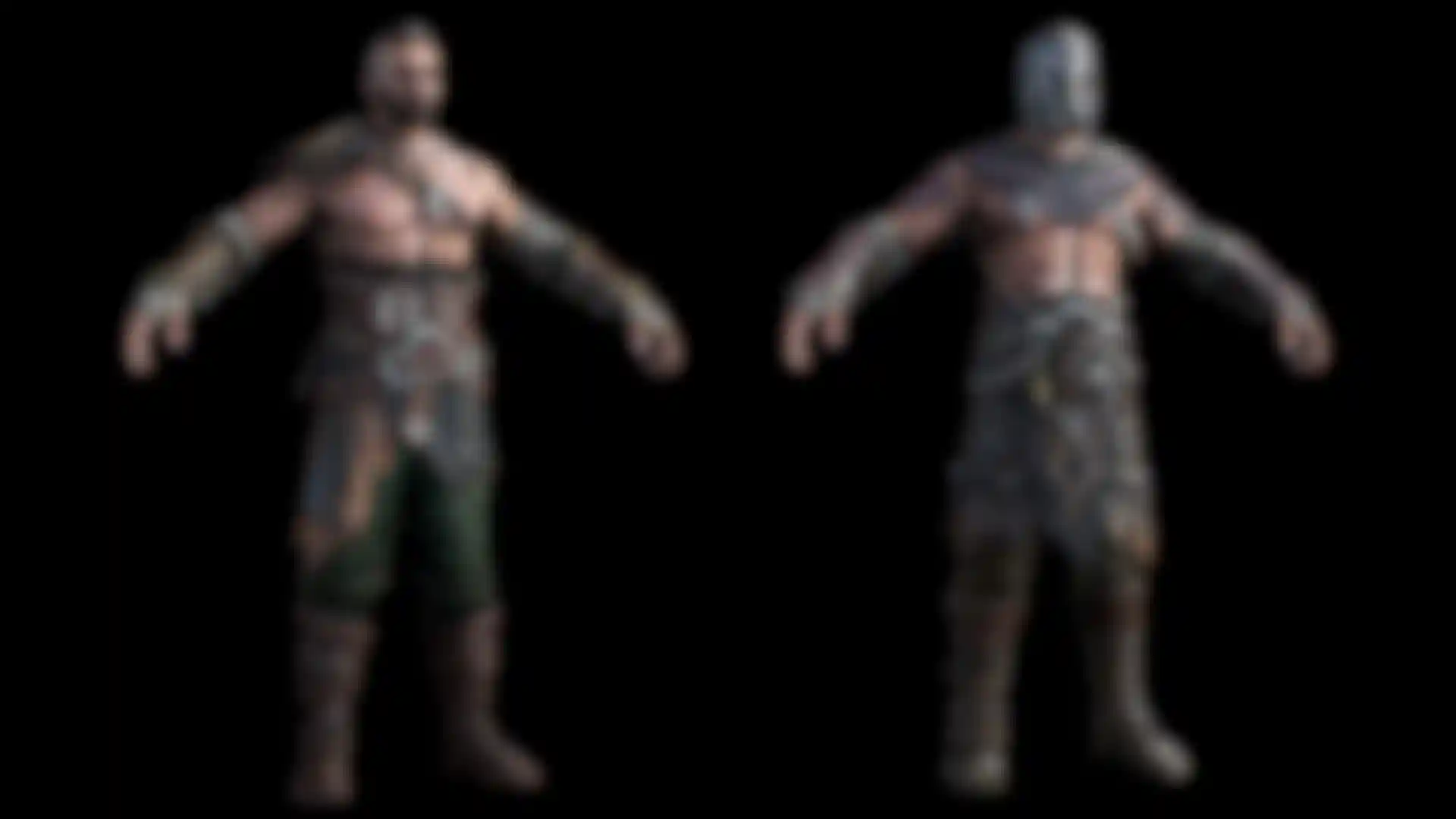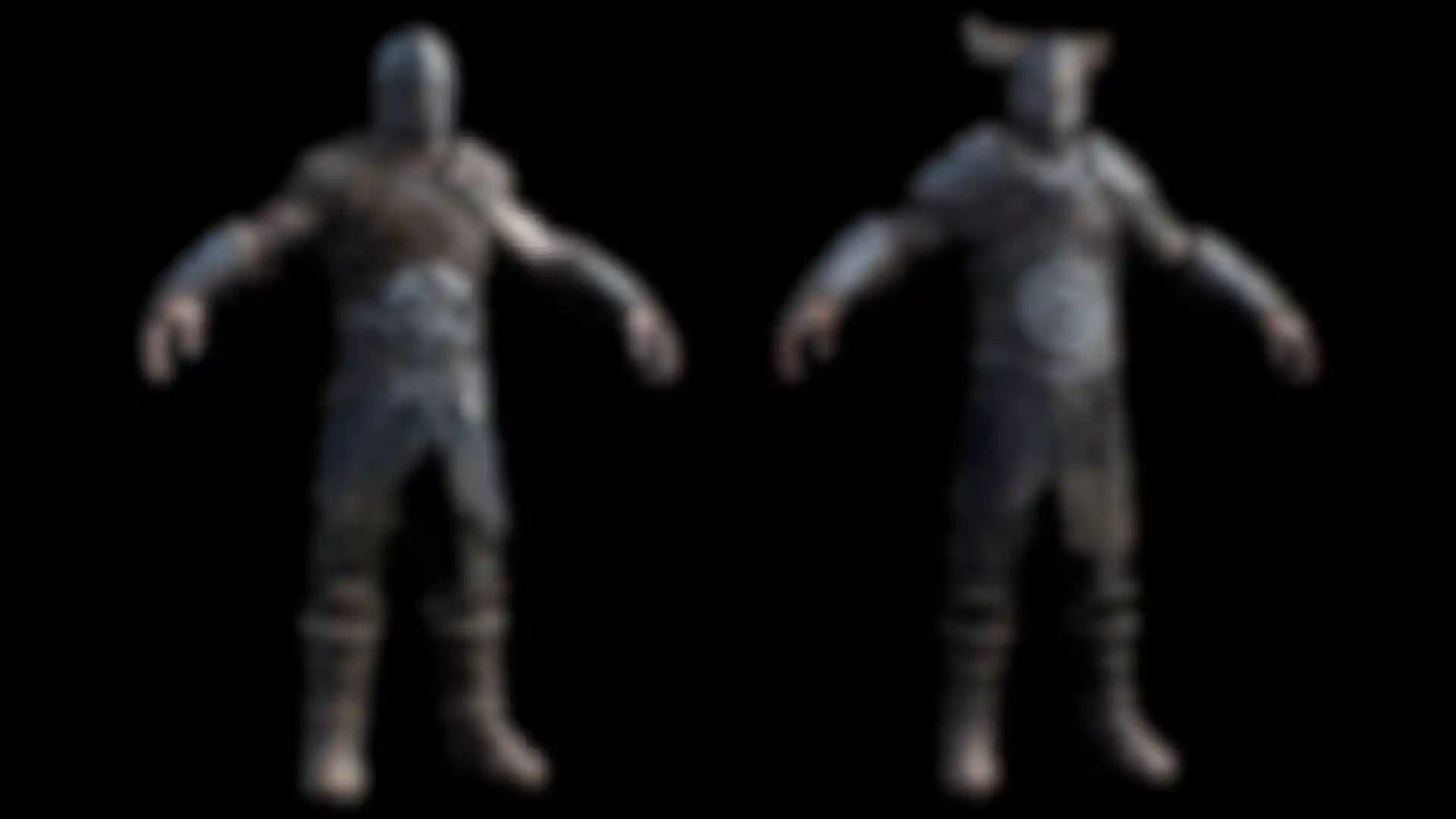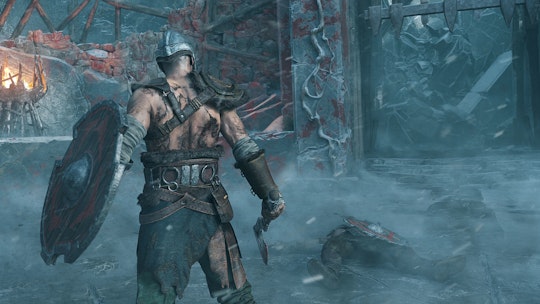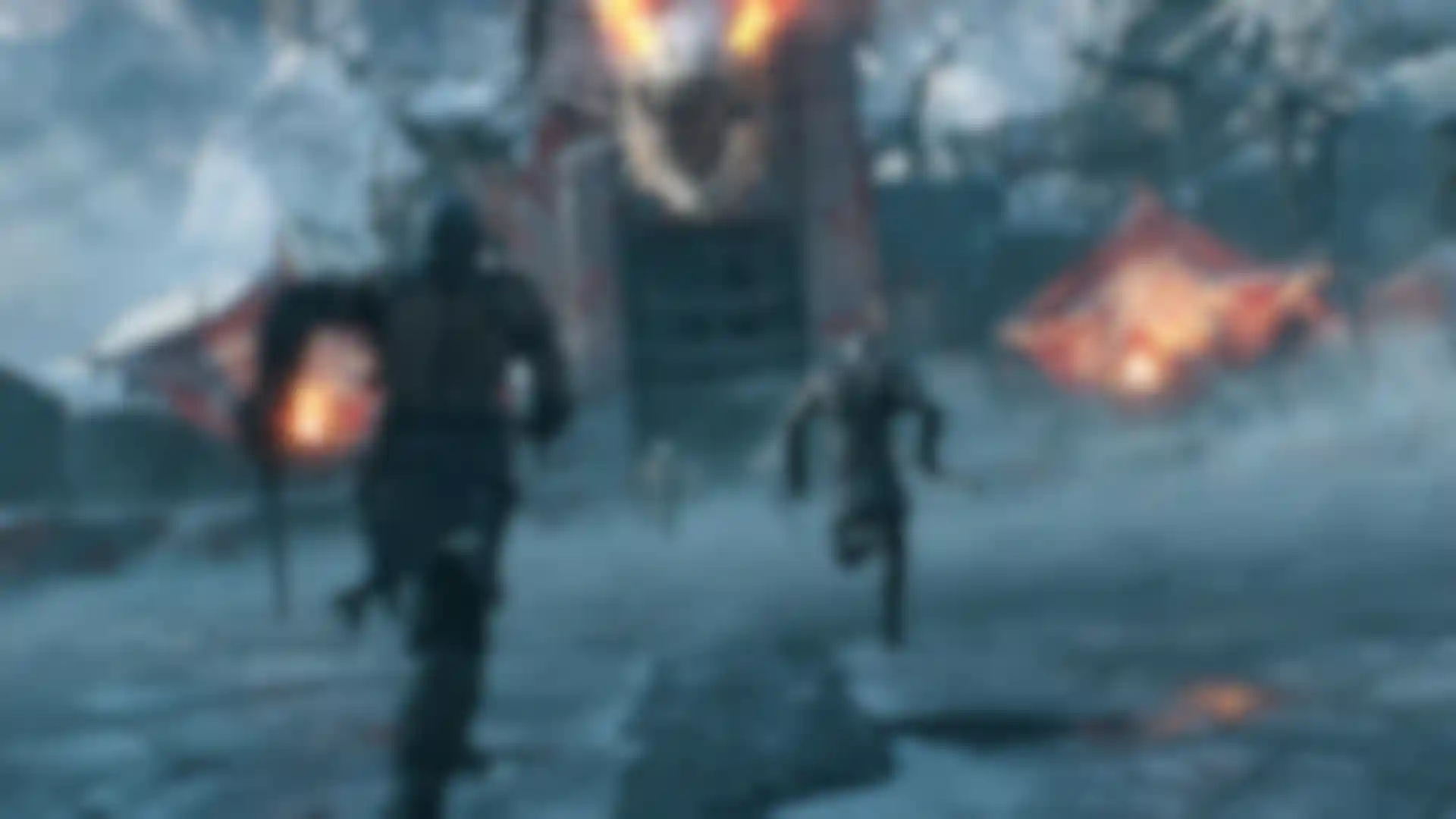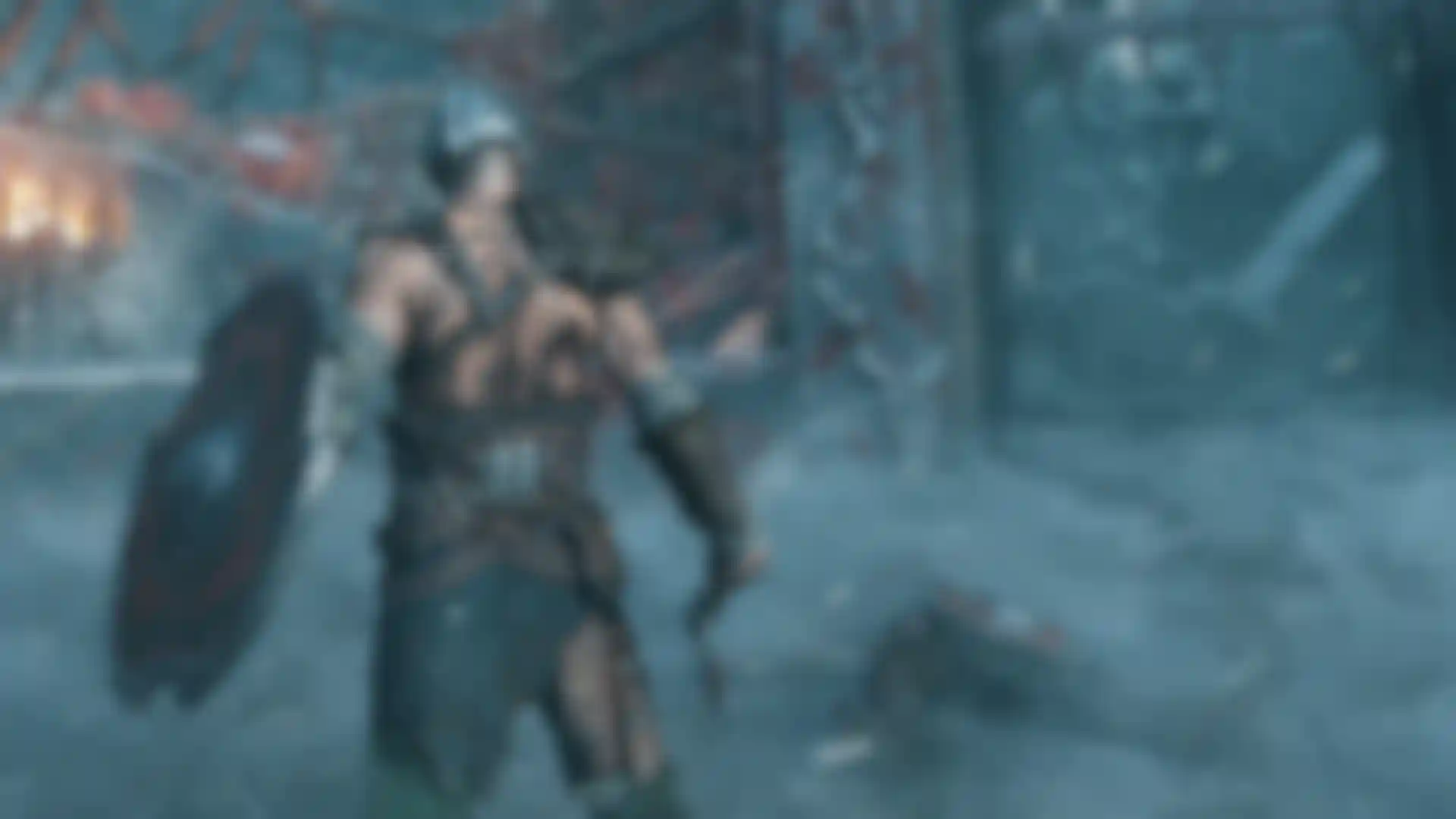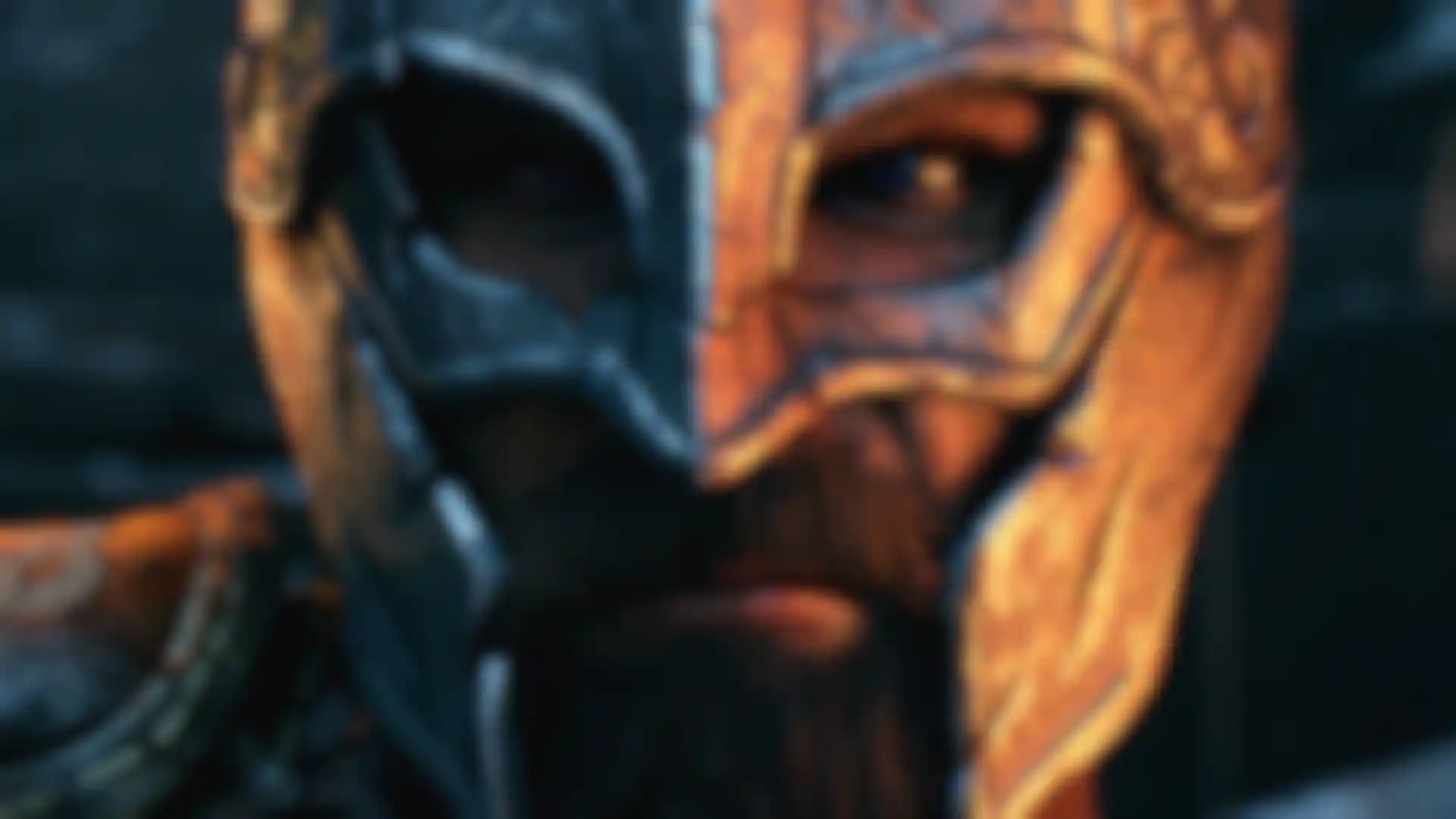
Fighting it Out in Darkness Resight on using 3D to make the cinematic trailer for Vizor Games’ “Blood of Heroes.”
Belarus-based VFX house, Resight is known for creating exceptionally stunning visuals and their cinematic trailer for Vizor Games’ “Blood of Heroes” is no exception. Set in a medieval, Nordic fantasy world, the trailer was inspired by other popular medieval video games, like “Dark Souls” and “God of War.”
We spoke with Resight’s Andrey Voytishin, who directed the video, about how they used Cinema 4D, Turbulence FD, After Effects and Octane to create the trailer, which includes plenty of motion capture fight scenes, smoke, fire and fog.
Tell us a bit about Resight.
Voytishin: I co-founded the studio with Aleksander Bondar in 2013. We organized a team of professional artists who create complex visual effects, motion graphics and design for commercials, film and TV. We look at each project as a chance to grow great ideas, and we create individual and creative content from concept through completion.
How did Resight get the “Blood of Heroes” project?
Voytishin: Vizor approached us, explaining that they were going to be introducing a new product into the established gaming market. Though they didn’t yet have a script, they asked us to make a trailer that would be a ‘real rumble for hardcore nerds.’
They also had a list of things they wanted the trailer to include: player vs player fights with bladed weapons in arenas; Scandinavian gladiators as the main characters; customized and developed characters; and intrigue, depth and mystery. We created the entire turn-key project from idea to packshot.
The cinematography is stunning. Talk about some of your references.
Voytishin: We started by studying a lot of material, including watching a huge number of films, trailers and games. In “Blood of Heroes,” the action takes place in an otherworldly, gloomy, medieval world and we needed to capture that atmosphere. Our main references were “Dark Souls,” “God of War” and “World of Warcraft.”
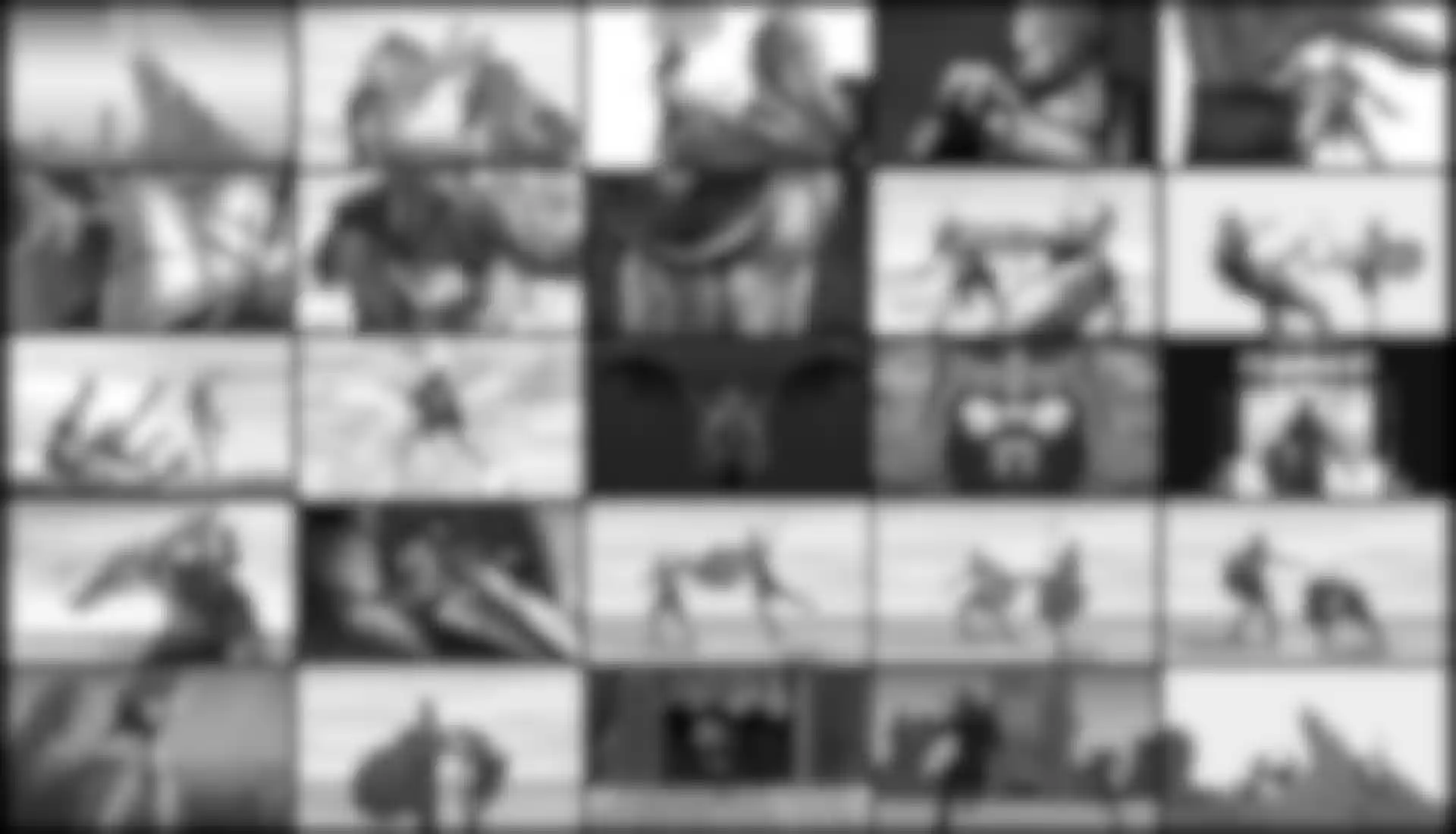
Describe how you developed the games’ different characters.
Voytishin: We had to make five characters for the trailer; four warriors and Valkyrie. We got the basic character concepts from the client, fine-tuned them and then assembled a reference board for modeling. We followed the same process using ZBrush for each model, starting with blocking and high-poly modeling, and then we moved on to retopoing to create the mid-poly versions and prepare them for texturing.
Tell us about some of the tools you used for this.
Voytishin: Our studio has been using Cinema 4D since it was founded. It has all of the tools we need whether we’re creating motion graphics, visuals for commercials or cinematics for games. All of the scenes were assembled inside C4D. The characters were animated with motion capture using the alembic format, and then we adjusted the scenes and sent them to our render farm.
We used Turbulence FD for all of the fire and smoke simulations, and there was a strong wind that puffed up clouds of smoke, snow and particles in almost every scene in the arena.
Octane is our main render for all projects, and we use After Effects for compositing all our videos. We think it’s the most flexible and simple tool for collecting all the rendered passes and creating the final image. And we like that we can use a number of plugins with it that make our job easier, like Red Giant’s Trapcode Particular, Shine, Starglow, Denoiser and Colorista.
We used Shine and Starglow to add light effects, and Colorista is our main color correction tool. Denoiser, in our opinion, has the best algorithm for getting rid of unnecessary noise in the images. Particular was used to add dust, particles and all of the snow and sparks from weapon strikes.
Talk about the motion capture work you did for this.
Voytishin: Studying references before starting our motion capture work was really helpful. We prepared an online table where we collected specific references, including battles with blade weapons. Then, we marked moments we found most interesting from the fight scenes before meeting with stuntmen to begin rehearsals.
We spent about seven to ten days rehearsing, honing punches, combinations and other movements. We worked as closely as possible with the fight choreographer, and we had to invent almost the entire fight ourselves. We constantly communicated and filmed our ideas on video as references and got everything approved in stages. Since we were so prepared, the motion capture filming process only took two days in the studio.
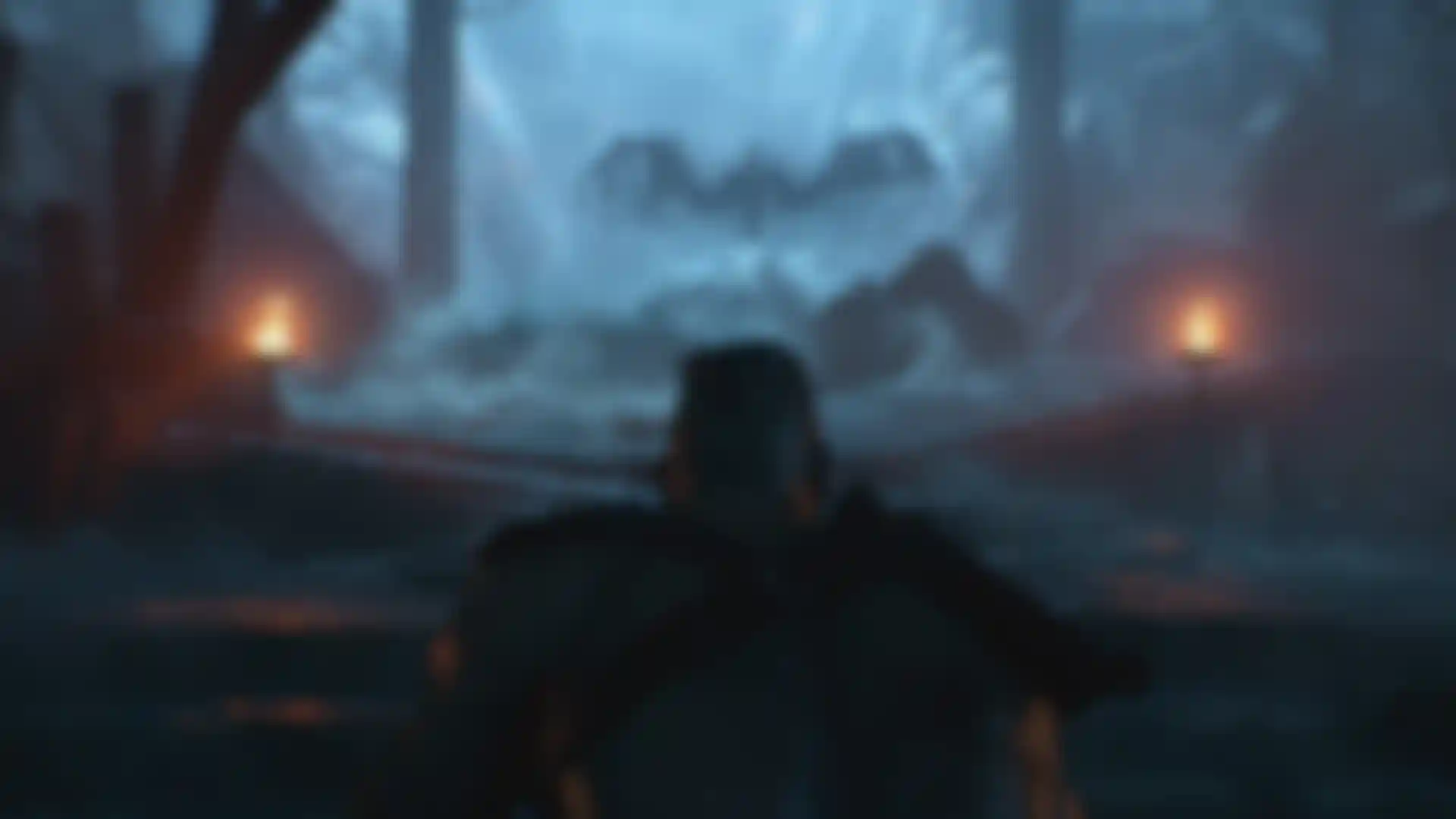
“Blood of Heroes” has been launched for beta play. Have you done anything else for the game so far?
Voytishin: We’ve been working on the game intro for “Blood of Heroes,” and it will be something really interesting. We can’t wait to publish it.

